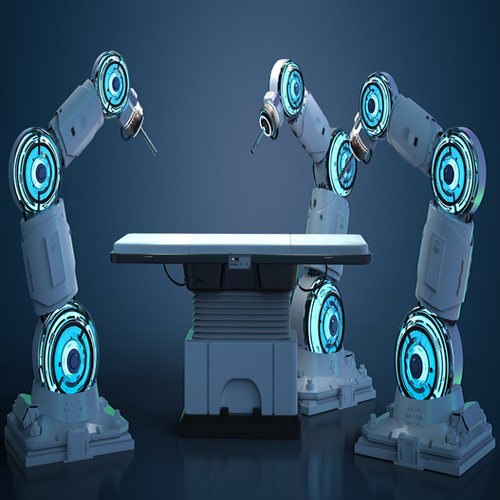Key points from article :
Researchers from The Chinese University of Hong Kong trained a surgical robot to assist doctors during laparoscopic operations. They used an open-source AI simulator to teach the robot tasks like picking gauze and clipping blood vessels. The training system, called VPPV, includes visual parsing and motion control guided by real-time camera input. It was tested on seven practice tasks used in surgeon training programs and worked well across different tools and positions.
Next, they tried the robot on animal tissues outside the body for tasks like tracking, grasping, and tissue handling using the Sentire Surgical System. The AI system showed stable performance, even when lighting, instruments, or object types changed. Finally, the researchers tested it on live pigs to see how it performed during real laparoscopic surgery. It successfully completed complex actions like tissue retraction and vessel clipping.
The system worked with both the da Vinci and Sentire robotic platforms, showing it can be widely adapted. Experts note that robots could handle long, detailed surgical steps and train new doctors too. However, she also stressed the need for rules and ethics as the technology moves ahead. The study appeared in Science Robotics and marks another step toward smarter surgical support.





